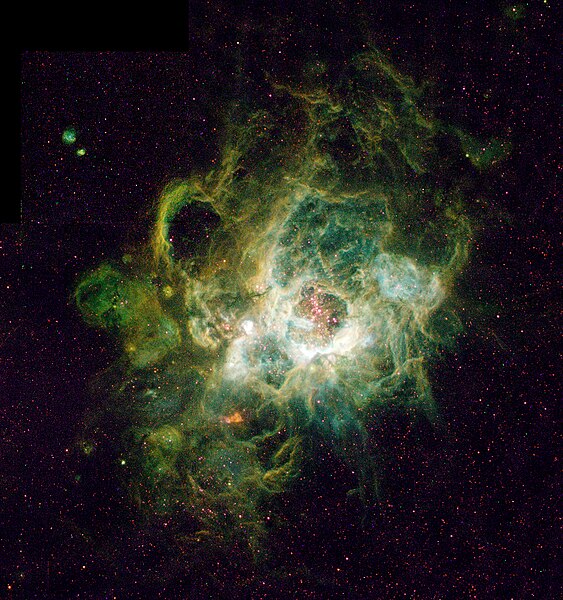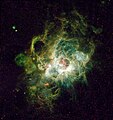ფაილი:Nursery of New Stars - GPN-2000-000972.jpg

ზჷმა გიწოთოლორაფაშ ბორჯის: 563 × 600 პიქსელი. შხვა გოფართაფა: 225 × 240 პიქსელი | 450 × 480 პიქსელი | 721 × 768 პიქსელი | 1,127 × 1,201 პიქსელი.
ორიგინალი ფაილი (1,127 × 1,201 პიქსელი, ფაილიშ ზჷმა: 2.42 მბ, MIME ტიპი: image/jpeg)
ფაილიშ ისტორია
ქიგუნჭირით რიცხვის/ბორჯის თიშო, ნამჷ-და ქოძირათ ფაილი თი რედაქციათ, ნამუ რედაქციას თი რიცხვის/ბორჯის რდუნ.
| რიცხუ/ბორჯი | ჭკუდი | გონზჷმილაფეფი | მახვარებუ | კომენტარი | |
|---|---|---|---|---|---|
| მიმალი | 22:12, 8 მარაშინათუთა 2019 |  | 1,127 × 1,201 (2.42 მბ) | BevinKacon | Reverted to version as of 01:11, 9 April 2009 (UTC) bad upscale by new user |
| 17:38, 3 მარაშინათუთა 2019 |  | 1,690 × 1,800 (2.84 მბ) | Armin3636 | بالا بردن کیفیت | |
| 16:08, 29 კვირკვე 2019 |  | 1,024 × 1,091 (1.21 მბ) | Armin3636 | بارگذاری کامل پرونده | |
| 05:11, 9 პირელი 2009 |  | 1,127 × 1,201 (2.42 მბ) | BotMultichillT | {{Information |Description={{en|1=This is a Hubble Space Telescope image (right) of a vast nebula called NGC 604, which lies in the neighboring spiral galaxy M33, located 2.7 million light-years away in the constellation Triangulum. This is a site where |
ფაილიშ გჷმორინაფა
გეჸვენჯი ხასჷლა გჷმირინუანს თე ფაილს:
ფაილიშ გლობალური გჷმორინაფა
თე ფაილი გჷმირინუაფუ გეჸვენჯი ვიკეფს:
- af.wikipedia.org-ს გჷმორინაფა
- anp.wikipedia.org-ს გჷმორინაფა
- an.wikipedia.org-ს გჷმორინაფა
- ar.wikipedia.org-ს გჷმორინაფა
- arz.wikipedia.org-ს გჷმორინაფა
- ast.wikipedia.org-ს გჷმორინაფა
- az.wikipedia.org-ს გჷმორინაფა
- ba.wikipedia.org-ს გჷმორინაფა
- be.wikipedia.org-ს გჷმორინაფა
- bg.wikipedia.org-ს გჷმორინაფა
- bn.wikipedia.org-ს გჷმორინაფა
- bs.wikipedia.org-ს გჷმორინაფა
- ca.wikipedia.org-ს გჷმორინაფა
- ceb.wikipedia.org-ს გჷმორინაფა
- ce.wikipedia.org-ს გჷმორინაფა
- cs.wikipedia.org-ს გჷმორინაფა
- da.wikipedia.org-ს გჷმორინაფა
- de.wikipedia.org-ს გჷმორინაფა
- de.wikibooks.org-ს გჷმორინაფა
- diq.wikipedia.org-ს გჷმორინაფა
- el.wikipedia.org-ს გჷმორინაფა
ქოძირით, თე ფაილიშ გლობალური გიმორინაფა.

